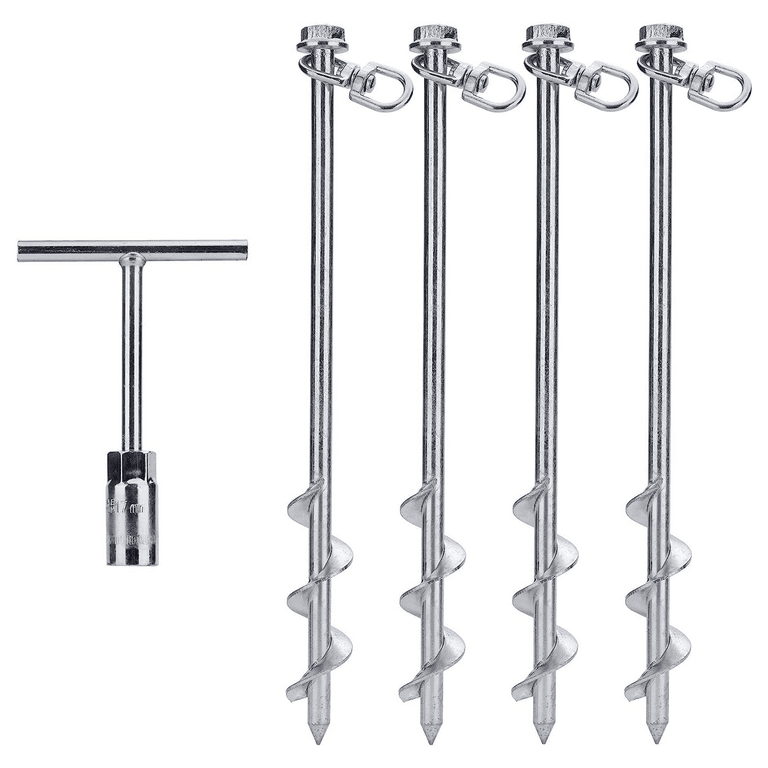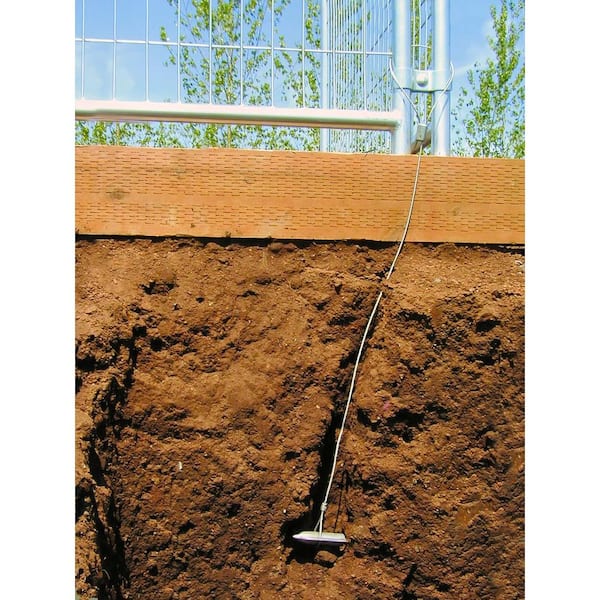Key Facts to Understand About Choosing the Right Ground Anchor for Various Applications
Key Facts to Understand About Choosing the Right Ground Anchor for Various Applications
Blog Article
Understand Why Ground Support Is Necessary for Security and Resilience
Ground supports are an important component in construction, offering vital assistance and stability for numerous structures. Their capability to transfer loads successfully to the ground not only enhances structural stability but additionally plays a significant function in mitigating risks connected with environmental variables, such as unstable dirt and seismic activity. Understanding the different kinds and applications of ground anchors can illuminate their important duty in making sure safety and longevity. Nevertheless, the intricacies of their installation and the advantages they provide might not be instantly evident, triggering more expedition right into this important subject.
Role of Ground Supports in Building
Ground supports play a pivotal role in building by giving essential support and security to structures. These devices are made to transfer tons from a framework to the ground, ensuring that buildings and other infrastructures continue to be safe under different problems. Ground supports are especially crucial in scenarios where dirt conditions are unpredictable or where there is a risk of lateral movement, such as on slopes or near bodies of water.
The setup of ground supports entails drilling into the planet to get to stable soil or bedrock, where the supports can be safely anchored. This procedure not only improves the architectural stability of a project but also reduces the dangers linked with dirt disintegration and moving. Furthermore, ground supports can be used in momentary structures, such as building websites, where they give essential stablizing during the structure procedure.
Ground anchors likewise add to the long life and durability of frameworks by lowering the chance of negotiation and failure. Ground Anchor. By successfully dispersing and taking care of lots, these crucial elements are crucial in keeping safety requirements and making sure the reliability of various building tasks. Generally, the relevance of ground supports in construction can not be overstated, as they are indispensable to successful design techniques
Kinds Of Ground Supports


While many kinds of ground supports exist, each offers specific applications and problems within building and construction tasks. One of the most usual types consist of mechanical anchors, grouted anchors, and driven supports.
Mechanical supports, such as development anchors, use a mechanical activity to secure the support within the substrate - Ground Anchor. These are typically utilized in lightweight applications, like safeguarding components to masonry or concrete
Grouted supports, on the other hand, include piercing an opening, putting a steel rod or cord, and after that loading the annular area with grout. This technique appropriates for high-load situations, offering enhanced stability and resistance to vibrant pressures typically located in heavy building.
Driven anchors are commonly mounted by driving a steel rod or pipe into the ground, making them appropriate for short-lived applications such as safeguarding scaffolding or formwork. They are fast to set up and can be removed quickly when no more required.
Other specific anchoring systems consist of helical anchors, which are screw-like devices utilized in numerous dirt problems, and deadman supports, which depend on the weight of a buried challenge give security. Each type of ground support is made to satisfy certain engineering needs, ensuring safety and security and structural integrity.
Benefits of Using Ground Supports
The advantages of utilizing ground supports in building and construction jobs are substantial, enhancing both safety and structural efficiency. Ground anchors offer essential check these guys out resistance against side forces, such as dirt movement, wind loads, and seismic activity. This resistance helps my explanation preserve the stability of structures, stopping possible failures that can lead to costly repair work or unsafe scenarios.
Additionally, ground anchors promote the reliable transfer of tons from frameworks to the bordering soil, making sure a well balanced distribution of weight. This lots transfer lowers the risk of clearing up or changing, which can compromise the honesty of a structure with time. By using ground anchors, engineers can likewise produce a lot more efficient layouts, as they allow for slimmer architectural aspects while maintaining safety and security requirements.
In addition, ground anchors are flexible and versatile to numerous soil conditions and job requirements. Their setup can often be finished swiftly and with very little disruption to the surrounding setting, making them an efficient choice for many building and construction applications. Eventually, making use of ground supports enhances not just the durability of frameworks however additionally adds to a much safer working atmosphere for construction employees and future passengers.
Typical Applications and Utilizes
Many building projects take advantage of ground anchors for their efficiency in enhancing security and security. These flexible elements are generally used in numerous applications across the building and civil design industries. One prevalent application is in maintaining walls, where ground supports provide the necessary support to avoid dirt movement and keep structural stability.
Additionally, ground anchors are vital in securing momentary frameworks, such as scaffolding and shoring systems, ensuring they remain stable during building and construction activities. In the world of foundation support, they are made use of to enhance existing frameworks, especially in areas susceptible to ground negotiation or changing soil problems.
Ground supports additionally locate considerable use in slope stablizing jobs, where they help mitigate landslide risks by securing the dirt to steady rock formations. Another substantial visit this web-site application remains in the installment of wind generators, where they safeguard the base against lateral pressures produced by wind, ensuring functional security and longevity.
Moreover, ground anchors are employed in tunneling projects to stabilize the bordering ground during excavation. Their diverse applications underline the critical duty ground anchors play in preserving security and durability in various building scenarios.
Setup Best Practices
Effective application of ground anchors in different building jobs depends upon efficient installation methods. Proper installment is critical to ensure the supports meet their designated function and preserve architectural stability over time. Trick best techniques consist of comprehensive website evaluation, which involves examining dirt conditions, tons demands, and environmental variables that might affect anchor efficiency.
Prior to setup, it is vital to select the ideal kind of ground anchor based upon the particular application and soil features. Utilizing premium products and sticking to maker specs will certainly enhance the support's longevity and performance. During installation, make sure that the anchor is put at the correct angle and depth, as these elements substantially influence load-bearing capability.
Routine evaluations are also recommended to keep track of the condition of the anchors and surrounding dirt. By complying with these setup finest professionals, methods and designers can enhance the safety and security and longevity of frameworks reliant on ground anchors.

Final Thought
In summary, ground supports are vital elements in building and construction, dramatically enhancing safety and durability. The varied types and benefits of ground supports, combined with their extensive applications, emphasize their importance in both irreversible and temporary structures.
The installation of ground supports includes drilling into the planet to get to stable dirt or bedrock, where the supports can be securely secured.The advantages of using ground supports in building tasks are substantial, boosting both security and structural efficiency.Various building jobs leverage ground anchors for their effectiveness in boosting stability and safety.Successful application of ground supports in various construction jobs hinges on reliable installment methods.In recap, ground anchors are important elements in building, considerably improving safety and longevity.
Report this page